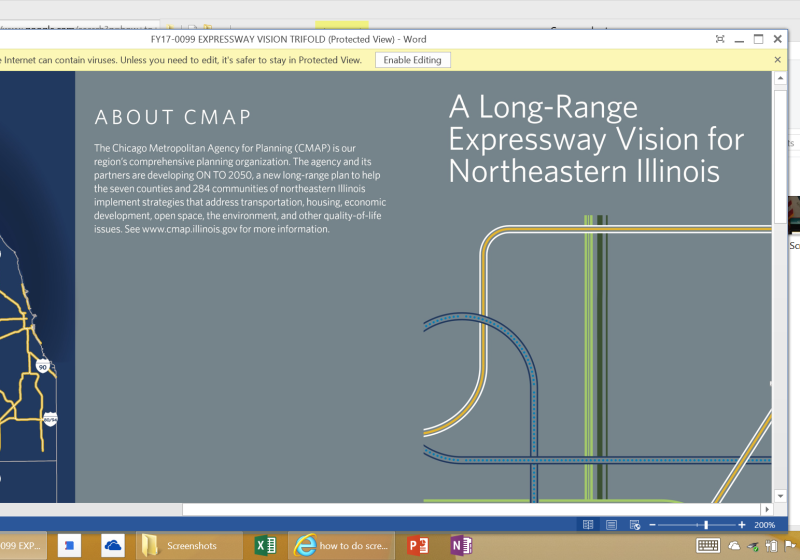Does the Chicago area lack a “vision” for its expressway system?
Will more tollways or so-called “managed lanes” be part of that plan?
Yes, says the Chicago Metropolitan Agency for Planning, a low-profile public agency responsible for broad-scale land use and transportation planning decisions across the seven counties of Northeastern Illinois.
That vision, CMAP says, “will chart a bold, long-term course for the region’s expressway system” to guide future projects and spending by the Illinois Department of Transportation and the Illinois Tollway.
For too long, CMAP says, the Chicago area has struggled to maintain and modernize its expressways “in the face of persistent funding gaps” and growing congestion. Delays cost the region $7 billion a year in lost productivity and fuel. New ideas and a fresh approach to mass transit are needed.
In announcing the project Thursday, CMAP Executive Director Joseph Szabo said the planning agency was asked by the heads of IDOT and the Tollway to take a “more comprehensive and holistic” approach to the region’s highway management and planning.
Instead of just looking at improving individual tollways or expressways, for example, the CMAP vision will include recommendations for specific 10-15-mile stretches, or “corridors.”
Beyond that, the vision as outlined has no specifics at this point. Those will come later, officials said. But for now, CMAP has set three goals:
First, to support the region’s economy by promoting long-term growth, improving truck freight movement and making the system “financially sustainable.”
Second, to enhance operations with “game-changing” mass transit improvements and preparing for automatic vehicles and new communication technology.
And third, to better manage…
